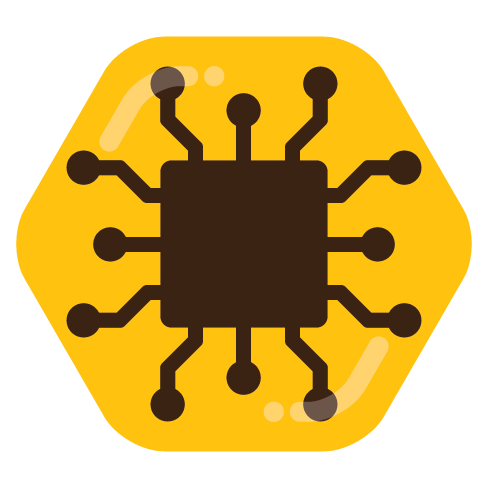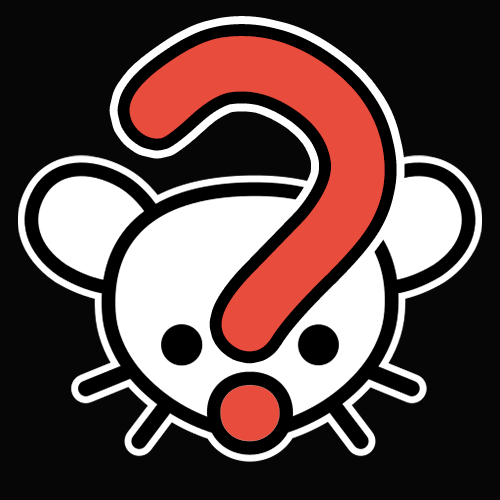- 0 Posts
- 13 Comments

 11·2 months ago
11·2 months agoPerhaps open federated systems should have recommendation algos too, just optional and open
Maintaining vacuum is difficult and most likely more expensive than just using a cheap energy source
For example, a solar salt distillation system can be totally passive, even if slow and space inefficient: https://en.m.wikipedia.org/wiki/Solar_still
If the goal is evaporative distillation, it makes no sense to use a process that begins with filling and conaminating the entire system with contaminated water
You’d have more success keeping the container clean (full of air) and pumping all the air out of it, which is still probably less efficient than other means like boiling

 1·2 months ago
1·2 months agoThought it was possible to lob the ball up and over?

 2·2 months ago
2·2 months agoSeems that configuration can only assist/augment the buttocks muscles? Doesn’t seem to be a way for it to assist the hamstrings and calves, let alone the feet for stability and balance, i.e. the entire chain of muscles working in concert. E.g. suppose my calves get tired first – this exoskeleton doesn’t seem like it could help.

 63·2 months ago
63·2 months agoIMO wardrobe concerns should come far behind health. Is this not a serious “all hands on deck” health situation? Are you sure considering custom tailoring is the correct life prioritization to take right now?
For me, the more relevant adage here is “a bad abstraction is worse than no abstraction”.
IMO many abstractions in Java are terrible in this regard, either via commonly proliferated patterns or via language design issues. Abstractions large and small are all forcibly locked into place very early on in the name of formalism and safety, ultimately leaving us with poor versions of the former and weakened versions of the latter. Where is “encapsulation” when certain classes only work when hooked up in very particular ways to other distant classes? Where is “type safety” when certain methods simply raise “not implemented for this sub/super-type”?
These faults are often hand-waved as “all ecosystems have rough patches”, but my point is that Java’s bad abstractions in particular are supremely more stubborn and persistent in comparison with other ecosystems. I understand many consider this a strength aka stability, but IMO at the extreme being unable to shed the past means negatively hindering progress. I think modern Java versions show a budding shift in mentality, but I’ve already moved on – it’s just not for me.
I’ve had to resort to “do not disturb” 100% of the time, with the “allow contacts to bypass DND”

 51·3 months ago
51·3 months agoIMO it’s time for a reckoning of what’s systematic/automated vs what’s not.
For example, “no expectation of privacy in public” meant you should be okay with appearing in someone else’s (manual) photo while out in public. However, I don’t think that should extend to persistent systematic surveillance, e.g. suppose every Tesla’s camera captures were combined with person recognition systems and tracking.
Just because something is theoretically okay at a small scale doesn’t mean the same applies at large scales.
Another example: Society funds public roads via government taxes for personal use and for regulated commercial use. Uber systematically consumes public road space under the guise of personal use vehicles, for commercial use.
In my experience, LLMs aren’t really that good at summarizing
It’s more like they can “rewrite more concisely” which is a bit different

 1·1 year ago
1·1 year agoYou’re getting a lot of conceptual definitions, but mechanically, it’s just:
keeping state (data) and behavior (functions) that operate on that state, together
At minimum, that’s it. All the other things (encapsulation, message passing, inheritance, etc) are for solidifying that concept further or for extending the paradigm with features.
For example, you can express OOP semantics without OOP syntax:
foo_dict.add(key, val) # OOP syntax dict_add(foo_dict, key, val) # OOP semantics

But IMO that’s one reason weird UX/design is not uncommon and can persist in dev ecosystems. The intended users are more proficient than average and most are able to work around most issues.